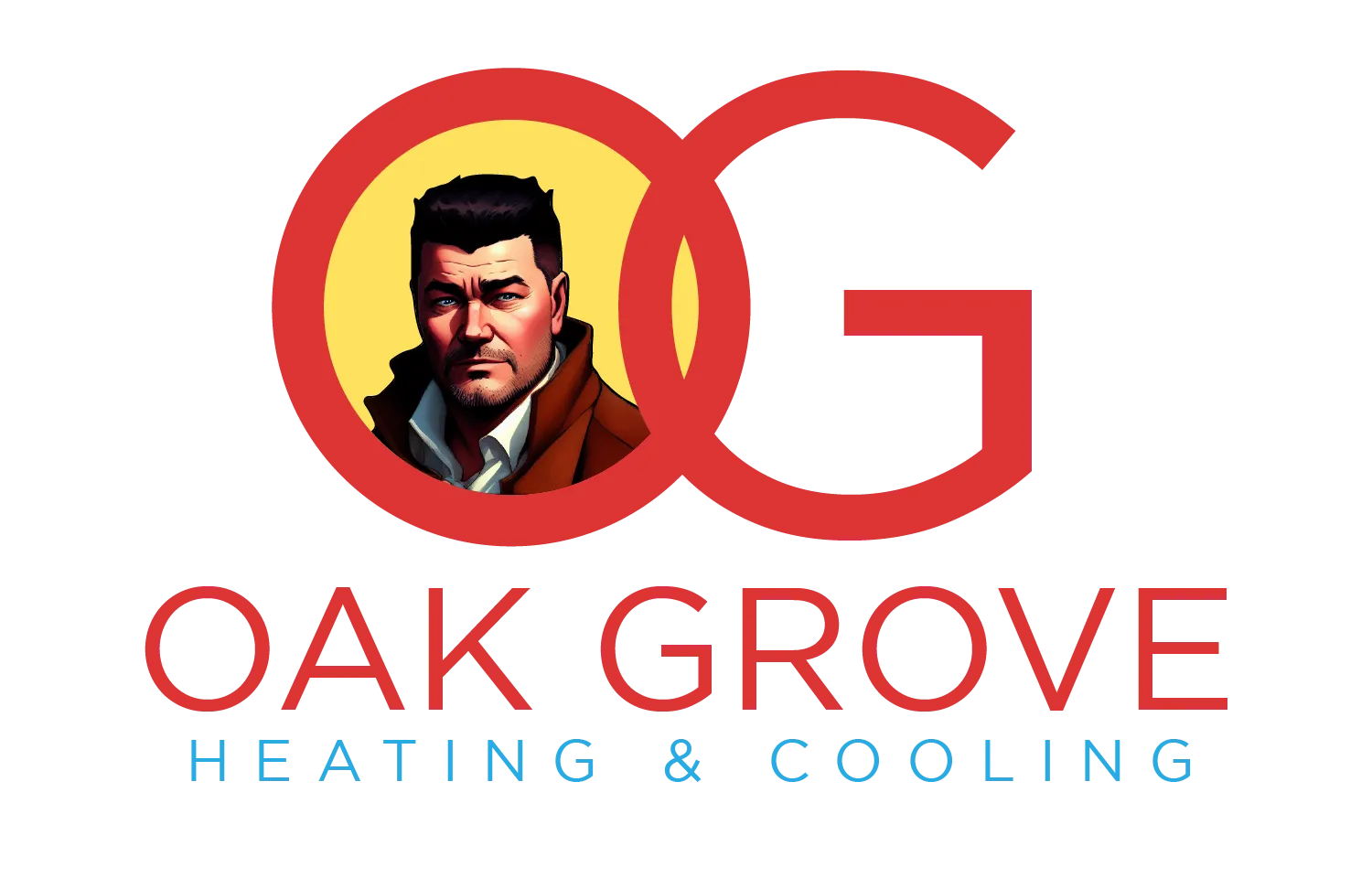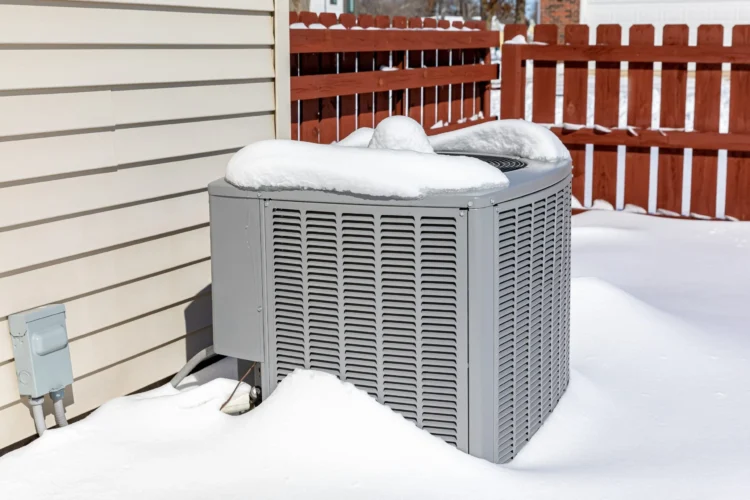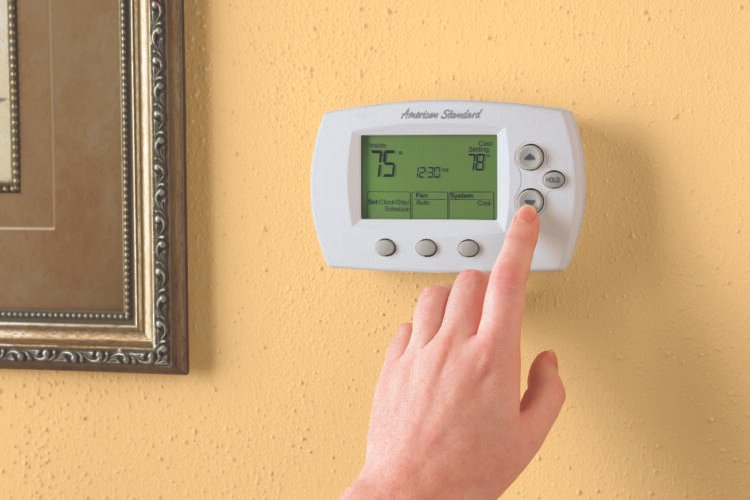Heating installation is an essential investment for homeowners and businesses alike. Whether you’re upgrading an outdated system or installing a new one, choosing the right heating installation services ensures comfort, energy efficiency, and long-term savings. If you’re searching for heating installation near me, this guide provides a comprehensive overview of residential heating installation, commercial heating installation, and home heating installation options.
Types of Heating Systems
1. Forced Air Systems
The most common type of heating system, forced air systems distribute warm air through ducts. They can run on gas, electricity, or oil and are often paired with air conditioning systems.
2. Radiant Heating Systems
These systems use hot water or electric heating elements beneath the floors, in walls, or ceilings to provide warmth. Radiant heating is energy-efficient and provides even heat distribution.
3. Heat Pumps
Heat pumps are an energy-efficient option that transfers heat rather than generating it. They work well in moderate climates and provide both heating and cooling.
4. Boilers
Boilers use water to heat a home through radiators or baseboard heating units. They provide consistent warmth and are an excellent choice for commercial heating installation.
5. Geothermal Heating Systems
A sustainable option, geothermal systems harness the earth’s natural heat to warm your space. Though expensive to install, they offer significant long-term savings.
Residential Heating Installation
Why Invest in a New Heating System?
- Improved energy efficiency
- Enhanced indoor air quality
- Better temperature control
- Increased property value
Steps in Residential Heating Installation
- Assessment of Heating Needs: Technicians evaluate your home’s size and insulation.
- Choosing the Right System: Selection depends on climate, budget, and efficiency.
- Ductwork Inspection & Modification: Ensuring proper airflow and insulation.
- System Installation: Setting up the furnace, boiler, or heat pump.
- Testing & Final Adjustments: Ensuring proper functionality and efficiency.
Commercial Heating Installation
Unique Challenges in Commercial Heating
- Larger spaces require more powerful systems.
- Zoning is crucial to maintain different temperature needs.
- Energy costs are a significant consideration.
Best Heating Systems for Commercial Buildings
- Rooftop HVAC Units
- Variable Refrigerant Flow (VRF) Systems
- Commercial Boilers
- Large-Scale Heat Pumps
Steps in Commercial Heating Installation
- Site Evaluation – Technicians assess ventilation, square footage, and heating demands.
- System Selection – Choosing between forced air, radiant heating, or heat pumps.
- Installation Process – Integrating ductwork, thermostats, and zoning controls.
- Testing & Energy Efficiency Optimization – Ensuring the system meets safety and performance standards.
Choosing the Right Heating System
Factors to Consider
- Energy Efficiency – Look for Energy Star-rated models.
- Fuel Type – Gas, electric, oil, or renewable energy sources.
- Climate – Heat pumps are better for mild climates, while boilers suit colder regions.
- Budget & Installation Costs – Consider upfront and operational costs.
- Longevity & Maintenance Needs – Some systems require more upkeep than others.
Heating Installation Process
1. Planning & Preparation
- Conducting a heat load calculation.
- Checking local building codes.
- Choosing energy-efficient options.
2. Installation Steps
- Removing old systems (if applicable).
- Setting up ductwork or piping.
- Installing thermostats and controls.
- Testing the system for efficiency.
3. Post-Installation Inspection
- Ensuring no leaks or airflow issues.
- Testing safety features.
- Providing maintenance tips to homeowners.
Energy Efficiency & Cost Savings
Ways to Reduce Heating Costs
- Upgrade to an Energy-Efficient System – Newer models use less energy.
- Proper Insulation – Prevents heat loss and improves efficiency.
- Smart Thermostats – Automates temperature control for savings.
- Regular Maintenance – Keeps your system running smoothly.
Common Installation Mistakes & How to Avoid Them
- Choosing the Wrong Size System – Leads to inefficiency and high energy costs.
- Improper Ductwork Installation – Can cause heat loss and uneven heating.
- Skipping Professional Services – DIY installations often lead to costly repairs.
- Neglecting Maintenance – Reduces system lifespan and efficiency.
Finding Reliable Heating Installation Services
What to Look for in a Contractor
- Licensed & Insured – Protects against liability.
- Experience & Certifications – Guarantees expertise.
- Customer Reviews – Provides insight into reliability.
- Transparent Pricing – Avoid hidden costs.
DIY vs. Professional Installation
When DIY is an Option
- Installing a simple electric heater.
- Replacing a thermostat.
Why Professional Installation is Recommended
- Ensures safety and compliance with building codes.
- Maximizes energy efficiency.
- Includes warranties and expert troubleshooting.
Maintenance Tips for Longevity
1. Change Filters Regularly
Prevents dust buildup and improves efficiency.
2. Schedule Annual Inspections
Professional checkups prevent breakdowns.
3. Keep Vents & Ducts Clean
Ensures proper airflow and heating performance.
4. Check Thermostat Settings
Avoids unnecessary energy consumption.
Conclusion
Investing in a professional home heating installation ensures warmth, energy savings, and comfort. Whether you need commercial heating installation or residential heating installation, hiring experienced professionals guarantees long-term efficiency and safety. Looking for heating installation near me? Contact a trusted provider today to keep your home or business warm and energy-efficient!
FAQ
1. How long does heating installation take?
Most installations take 1-2 days, depending on the complexity.
2. How can I improve my heating efficiency?
Upgrade insulation, use smart thermostats, and schedule regular maintenance.
3. What heating system is best for my home?
The best system depends on your budget, climate, and heating needs. A professional can help you choose the right option.
4. Can I install a heating system myself?
While some smaller systems can be installed DIY, professional installation is recommended for safety and efficiency.
5. How often should I replace my heating system?
Most heating systems last 15-20 years with proper maintenance. If yours is older and inefficient, consider an upgrade.


